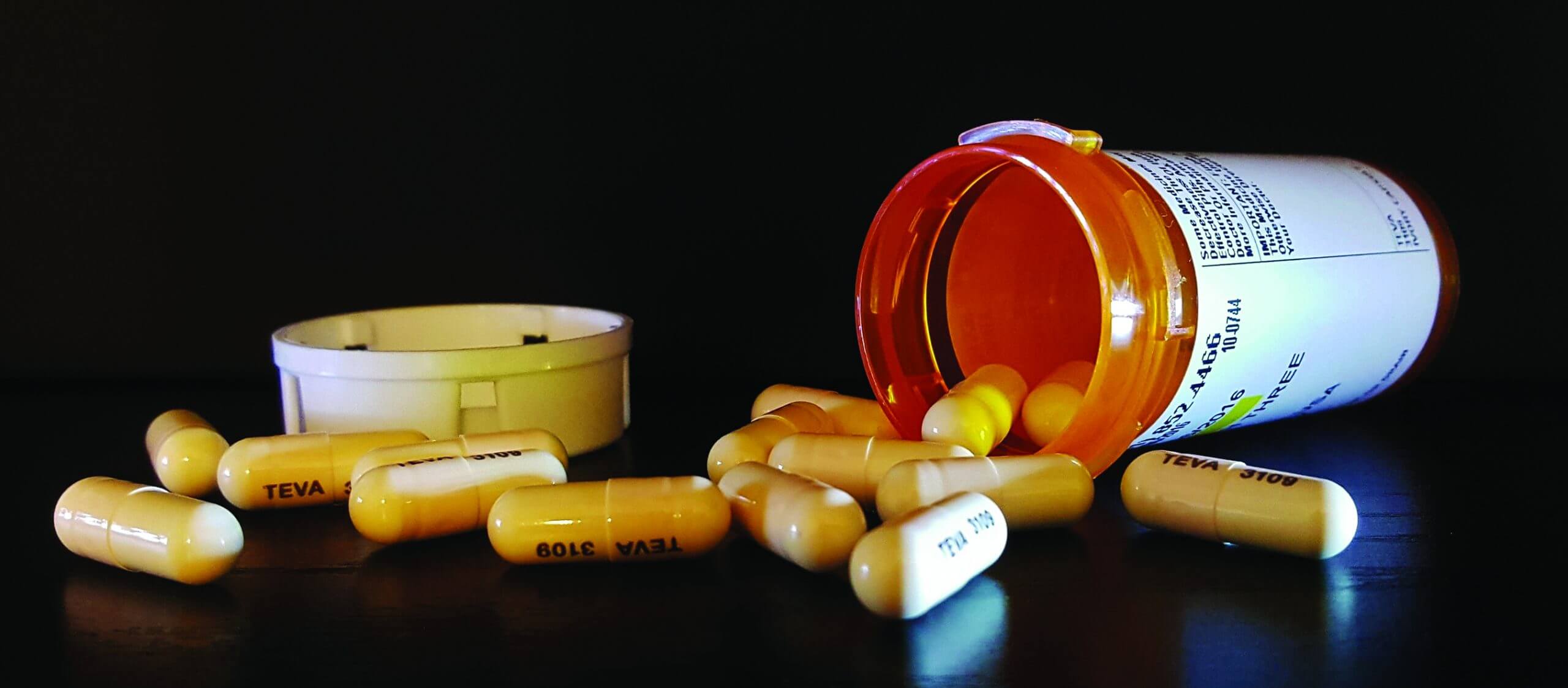Who can afford
prescription drugs,
holler I

For 58 Million American’s it has become a balancing act between food, shelter, and the prescription drugs they need to stay alive.*
I am proud that America has some of the greatest healthcare facilities, medical personnel, pharmaceuticals, and pharmaceutical research in the world. However, all this comes with a cost. And for many Americans, this price tag is just too high.
But does it need to be?
Some say no. They argue that they can get the same drug in another country much cheaper than here in America and they believe that pharmaceuticals are more concerned with profit than people.
Novartis for example had a net income of 24.02 billion dollars for 2021. They are the makers of several drugs including Zolgensma a drug used for pediatric patients less than two years of age with spinal muscular atrophy. The cost for a one-time gene therapy use of this drug is $2.1 million. Until recently it was the most expensive prescription drug on the market but within the past year, gene therapy for Hemophilia B costs $3.5 million dollars for a one-time treatment. That drug is called Hemgenix and it is developed by a Pennsylvania-based pharmaceutical company called CSL Behring.
Informed NY would love to say these drugs are the exception to the rule but in reality, it is more common than you would believe. For a year of Folotyn to treat T cell lymphoma costs $817,865 for a years’ worth of the drug Carbaglu costing $1.59 million per year to lower ammonia levels in a body, these high-priced drugs are out of the reach of many.
With so many drugs out of the reach of most consumers due to the inability to pay these outrageous prices, many Americans choose to go without. And although these prices are said to be caused due to shortages or research costs, there is always the worry of price gouging. In Congress right now is Senate Bill 1323 which will end price gouging for medications. This bill requires the Department of Health and Human Services (HHS) to set maximum prices for prescription drugs under specified federal health programs. Specifically, HHS must establish reference prices based on certain factors, including drug prices in listed countries. This is important because many drugs in America cost five times or more than they do in other countries. Retail prices of covered drugs under specified federal health programs (e.g., Medicare and Medicaid) may not exceed the established reference prices. Drugs must also be available at such prices to uninsured individuals and to individuals with private health insurance. A drug manufacturer who does not comply with the requirements will be subject to a civil penalty, for each year in which the violation occurs.
Informed NY believes this is a step in the right direction. What is your thought? Write a Letter to our editor at editorial@informedny.com
According to the United States Senate Committee on Finance’s website:
Gallup: 58 Million American Adults Can’t Afford Prescription Drugs and more than 1 in 5 American Adults report the Inability to Pay for Needed Drugs
